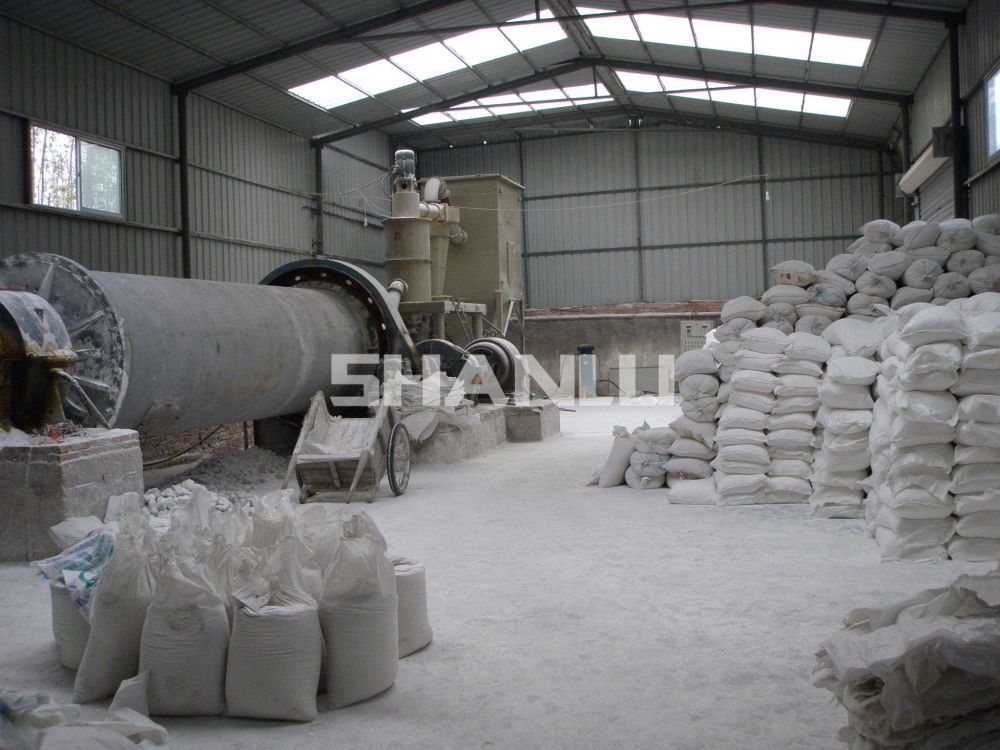In the quartz sand production line, excessive dust not only has a negative
impact on employee health, but may also lead to environmental pollution and
safety hazards. Therefore, a comprehensive dust control plan needs to be
developed. The following is a detailed governance plan, covering multiple
aspects such as process optimization, equipment improvement, and management
measures:

1. Process optimization
Wet processing
Measures: Adopt wet production processes such as wet crushing, wet screening,
and sand washing to effectively reduce the dust generated during dry powder
operations.
Advantage: Moisture can inhibit dust diffusion and reduce dust problems.
Process parameter adjustment
Measures: Optimize equipment operating parameters (such as feeding speed,
screening speed, fan air volume) to maintain uniform material flow during the
production process and avoid the generation of large amounts of dust due to
vibration or overload.
Advantage: Smooth material flow helps reduce dust generation.
2. Equipment and technical improvements
Closed conveying system
Measures: Adopt enclosed conveyor belts, screw conveyors, or pipeline
transportation to prevent materials from scattering and generating dust during
the conveying process.
Advantages: Effectively reduce dust dispersion during transportation and
protect the production environment.
Automation control and dust removal device
Measures: Install automated dust removal systems on key equipment such as
crushers, screening machines, and grinding machines, such as local dust
collection devices, spray dust reduction systems, and vibration dust removal
equipment.
Advantage: Real time collection and control of dust, ensuring that the dust
concentration meets the standard during equipment operation.
Negative pressure isolation and closure system
Measures: Establish a negative pressure environment or install dust covers to
partially seal the processes that generate dust. Use a negative pressure system
to extract the dust and process it through an efficient filtration device before
discharging it.
Advantages: Effectively isolate dust sources and reduce the spread of dust to
the workshop and surrounding environment.
3. Environmental monitoring and management
on-line monitoring system
Measures: Install online dust monitoring equipment to monitor the dust
concentration of key links in the production line in real time, and establish a
data feedback system.
Advantages: Timely detection of dust exceeding standards, automatic
adjustment of equipment parameters or initiation of emergency response
measures.
Regular testing and evaluation
Measures: Regularly check the air quality in the workshop to ensure that the
dust concentration meets national and local environmental standards, and
evaluate and optimize the operation effect of dust prevention facilities.
Advantage: Through data analysis, identify the root cause of problems and
continuously improve dust prevention systems and processes.
4. Personnel and management measures
Operator training
Measures: Regularly conduct safety operation and dust control training,
enhance employees' dust prevention awareness, and ensure correct operation of
dust prevention equipment and production processes.
Advantage: Reduce dust dispersion caused by improper operation and improve
overall management level.
Develop emergency plans
Measures: Establish an emergency plan for dust exceeding the standard,
including emergency shutdown, on-site cleaning, rapid repair and other
processes, and conduct regular drills.
Advantages: Rapid response in case of emergencies, ensuring production safety
and reducing health risks.
Personal Protective Equipment (PPE)
Measures: Provide employees with dust masks, protective goggles, work clothes
and other protective equipment to reduce the harm of dust to human health.
Advantage: In situations where dust cannot be completely eliminated,
secondary protective measures are provided to ensure the health of
employees.
5. Comprehensive management and continuous improvement
Develop environmental standards and goals
Measures: According to national and industry environmental standards,
establish internal dust control goals and management systems for the enterprise,
and form a long-term mechanism.
Advantage: Through institutional constraints and management implementation,
continuous reduction of dust emissions can be achieved.
Technical improvements and equipment upgrades
Measures: Continuously pay attention to and introduce advanced dust removal
technologies and equipment, and continuously optimize production processes and
equipment design.
Advantage: With technological advancement, further reducing dust emissions
and improving production efficiency.
summarize
The control of excessive dust in quartz sand production lines needs to be
approached from multiple aspects, including process optimization, equipment
improvement, environmental monitoring, personnel training, and comprehensive
management. Through various measures such as wet process, closed conveying,
negative pressure isolation, online monitoring, regular testing and training,
the generation and diffusion of dust in the production process can be
effectively reduced, ensuring that the production environment meets
environmental standards, protecting employee health, and improving production
efficiency and product quality.